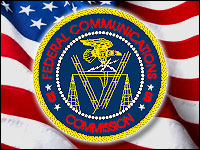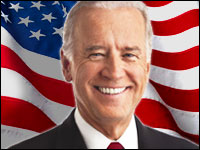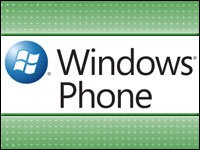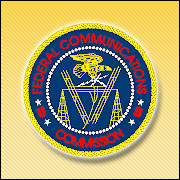
The Federal Communications Commission is set to deliver a much-anticipated report to the U.S. Congress on Thursday. Among other things, “The National Broadband Plan” proposes to have an additional 100 million households connected to high-speed Internet service within the next 10 years.
An Executive Summary of the plan released Monday points to a series of goals the FCC is setting for itself, for legislators, and for the executive branch of government. Some are measurable, like making an additional 500 MHz of airwave spectrum available for licensed and unlicensed use. Some are not so objective, such as one that seeks to “bring affordable broadband to rural communities.”
Show Me the Money
What most companies involved in the broadband sector will be most concerned with is a series of pro-competition recommendations that the FCC is making to lawmakers and government regulators. For example, one recommendation urges the feds to “change rules to ensure a competitive and innovative video set-top box market.” This, states the FCC, will give consumers more choice in the equipment through which they receive “much of the video they watch today.”
That statement alone may strike fear into the hearts of already beleaguered cable providers, which are seeing their market share eroded by consumers accessing television programming through network Web sites, alternative channels such as Hulu, and even vodcasts and YouTube.
The open-market mandate likely will be welcomed, though, by Internet innovators that seek to wrest almost-monopolies from traditional cable television companies, which operate much as more traditional utility companies do in many markets.
“We would love to see an environment where the devices are more open,” Avner Ronen, CEO and cofounder of content aggregation software company Boxee, told the E-Commerce Times.
“It’s important that devices in the livingroom are open, especially in a world where those devices often are subsidized,” he added.
In addition, companies such as his own support making the content itself more accessible to consumers through whichever provider they choose, Ronen said, whether it be a mobile phone company, a video-over-IP provider, or another channel.
Rhetoric as Usual?
At the outset, the FCC executive summary seeks to define government’s role in the rough-and-tumble and high-stakes world of broadband. Facing intense criticism over failing to protect a public asset for the public’s use, the FCC states that policymakers at the federal level have a four-pronged ability to affect what it calls the broadband “ecosystem.”
First, government can promote competition in industries related to broadband communication. Second, it can influence the allocation of resources under its control, such as the wireless spectrum, which it regulates. Third, federal authorities can monitor what they call “universal service mechanisms,” which seek to guarantee equitable access to broadband service in high-cost areas such as rural regions and among low-income populations. Last, government can, says the FCC, influence laws, policies, and standards related to the use of broadband in public institutions, such as educational, healthcare and government entities.
In fact, a major thread of the report deals with issues of the digital divide and concern over lack of Internet literacy among the U.S. populace. Among other initiatives, the plan calls for a National Digital Literacy Corps to organize and train youth and adults to teach digital literacy skills.























































Social Media
See all Social Media